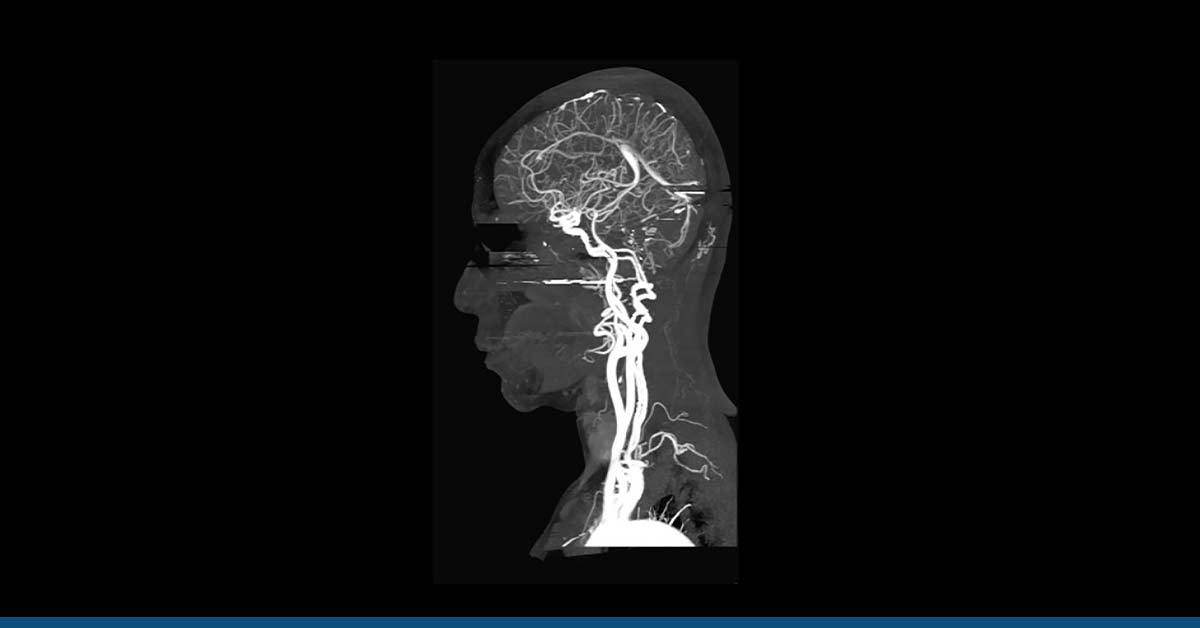Imagine you’re walking on a tightrope, trying to maintain your balance. Suddenly, your legs start shaking uncontrollably, and your heart begins racing, leaving you feeling dizzy and disoriented.
This sensation is similar to what someone with Shy-Drager syndrome experiences daily. Shy-Drager syndrome is a neurological disorder (also known as multiple system atrophy) that affects the autonomic nervous system, which controls essential bodily functions such as blood pressure, heart rate, and digestion.
Unlike walking on a tightrope, where you can step back and regain your balance, patients with Shy-Drager syndrome experience a loss of control over their body’s involuntary functions, leading to a wide range of symptoms.
This can include movement disorders, such as tremors, difficulty with coordination, and autonomic dysfunction, causing issues such as urinary incontinence and sexual dysfunction.
These symptoms can significantly impact a patient’s quality of life, and with no known cure, managing Shy-Drager syndrome can be daunting. Despite the challenges, researchers are continually working to understand this complex disorder better and develop new treatments to help patients maintain their balance on the tightrope of life.
Table of Contents
ToggleUnderstanding Shy-Drager Syndrome?
The disorder is characterized by the progressive degeneration of nerve cells in several brain areas, including the basal ganglia, cerebellum, and brainstem.
This degeneration leads to various symptoms, including movement disorders, autonomic dysfunction, and other neurological symptoms.
The exact cause of Shy-Drager syndrome is not fully understood. Still, it is thought to be related to the accumulation of abnormal proteins in the brain, similar to other neurodegenerative disorders such as Parkinson’s disease.
Shy-Drager syndrome typically affects individuals in their late 40s or early 50s and progresses rapidly over several years, leading to significant disability and reduced quality of life.
Shy-Drager Syndrome Life Expectancy
Shy-Drager syndrome affects the autonomic nervous system. It is a debilitating disease that can significantly impact a patient’s quality of life; unfortunately, there is no cure for it yet.
Due to the disease’s progressive nature and significant impact on the body, Shy-Drager syndrome life expectancy is typically short, ranging from 6 to 10 years after diagnosis.
The life expectancy of Shy-Drager syndrome can vary depending on several factors, such as age at diagnosis, the severity of symptoms, and the rate of disease progression.
Patients with Shy-Drager syndrome have a reduced life expectancy compared to the general population, and the disease can lead to significant disability and reduced quality of life.
While there is no cure for Shy-Drager syndrome, treatment can help manage the individual symptoms, which may help improve the patient’s quality of life and potentially prolong their life expectancy.
How Is Shy-Drager Syndrome Diagnosed
Diagnosing Shy-Drager syndrome usually involves a combination of medical history, physical examination, and diagnostic tests.
The first step in diagnosing Shy-Drager syndrome is taking a comprehensive medical history and physical examination by a neurologist.
The physician will look for signs of autonomic dysfunction, such as orthostatic hypotension (a drop in blood pressure upon standing), urinary incontinence, and constipation.
The physician will also evaluate the patient’s movement and coordination, looking for tremors, muscle stiffness, and difficulty with balance and gait.
The physician may also conduct a neurological exam to assess the patient’s speech, reflexes, and cognitive function.
Tilt-Table Test
If Shy-Drager syndrome is suspected, the physician may order diagnostic tests to confirm the diagnosis. One common test is a tilt-table test, which involves the patient being strapped to a table that tilts at different angles while their blood pressure and heart rate are monitored. This test helps identify orthostatic hypotension, a common symptom of Shy-Drager syndrome.
Magnetic Resonance Imaging
Another diagnostic test that may be used is a magnetic resonance imaging (MRI) scan. This test can help detect brain changes and characteristics of Shy-Drager syndrome, such as shrinkage of the cerebellum and brainstem. Other imaging tests, such as positron emission tomography (PET) and single-photon emission computed tomography (SPECT), may also be used to evaluate changes in brain function.
Biopsy
Sometimes, a skin or nerve biopsy may be performed to examine the presence of abnormal proteins, known as alpha-synuclein, often found in people with Shy-Drager syndrome brains.
What Causes Shy-Drager Syndrome
The exact cause of Shy-Drager syndrome, also known as multiple system atrophy, is not well understood, and no single definitive cause has been identified.
One theory is that Shy-Drager syndrome may be caused by the accumulation of abnormal proteins, called alpha-synuclein, in the brain.
These proteins can form clumps known as Lewy bodies, which are also found in the brains of Parkinson’s disease and other neurodegenerative disorder patients.
It is believed that the accumulation of alpha-synuclein in the brainstem and cerebellum of people with Shy-Drager syndrome may lead to the degeneration of nerve cells and the progressive symptoms of the disease.
Genetics may also play a role in the development of Shy-Drager syndrome. While the condition is not believed to be directly inherited, some studies have suggested that certain genetic variations may increase the risk of developing the disease.
Additionally, some cases of Shy-Drager syndrome have been linked to specific genetic mutations, such as those in the COQ2 gene.
Environmental factors like exposure to toxins and chemicals may also contribute to the development of Shy-Drager syndrome. For example, some studies have suggested that exposure to chemicals and pesticides may increase the risk of developing the condition.
Shy-Drager Syndrome Treatment
Unfortunately, there is currently no cure for Shy-Drager Syndrome, and the available treatments mainly focus on managing the symptoms and improving the patient’s quality of life.
Shy-Drager syndrome treatment typically involves a combination of medication, lifestyle changes, and supportive care. For example, medications may be prescribed to help manage orthostatic hypotension, tremors, and other symptoms.
Physical therapy and exercise may also be recommended to improve balance and coordination. Changes to the patient’s diet and fluid intake may also be recommended to help manage constipation and other gastrointestinal symptoms.
In more advanced cases, hospice care and palliative care may be needed to provide comfort and support to the patient and their family.
Conclusion
If you are looking for reliable and accurate diagnostic services, HG Analytics is the best recommendation.
Our highly trained and experienced medical professionals offer various diagnostic tests and services to help you get the answers.
Whether you are dealing with a chronic illness or need a routine check-up, our team has the expertise and technology to provide you with the highest quality care. Contact us today to schedule an appointment.





